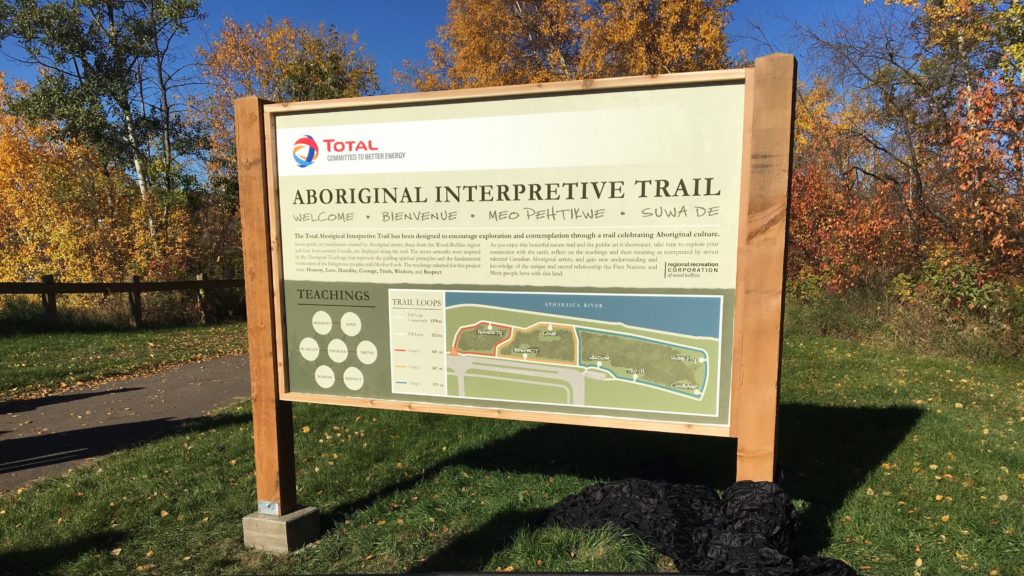When one thinks of trails, the mind often conjures images of winding paths through lush forests, ascending majestic mountains, or skirting along tranquil rivers. Trails are not just routes; they are narratives etched into the earth, revealing tales of ancient civilizations, cultures, and traditions. Among these, the trails carved by indigenous communities stand as silent witnesses to centuries of history and culture. These trails, often hidden away in the heart of nature, bear immense cultural significance, reflecting the rich heritage of the indigenous people who created them. In this exploration, we delve into the historical and cultural importance of indigenous trails around the world, emphasizing the urgent need for their preservation and the respect they rightly deserve.
Preserving Heritage, One Trail at a Time
Indigenous trails are more than mere physical pathways; they are living embodiments of cultural heritage. These trails were the lifelines of indigenous societies, connecting villages, trade routes, spiritual sites, and hunting grounds. They were woven into the fabric of daily life, carrying the stories, traditions, and wisdom of generations. However, the rapid pace of urbanization and modernization threatens these historical treasures. Encroachment, deforestation, and neglect have led to the erosion of these trails, endangering the cultural legacy they represent.
The Silent Storytellers
Each indigenous trail has a story to tell, a story that spans generations and civilizations. The trails often reveal the deep spiritual connection indigenous communities have with the land. Sacred sites, marked by ancient rituals and ceremonies, dot these trails, reminding us of the spiritual reverence indigenous people hold for nature. Along the trails, one can find rock art, petroglyphs, and other archaeological treasures, offering glimpses into the artistic prowess and cultural expressions of these communities.
Moreover, indigenous trails also served as avenues for cultural exchange. Different indigenous groups often interacted along these routes, sharing knowledge, traditions, and innovations. These interactions fostered a rich tapestry of diversity, reflected in the cultural practices, languages, and art forms found along the trails.
Walking in the Footsteps of Ancestors
Traversing indigenous trails is akin to stepping into a time machine, allowing modern explorers to walk in the footsteps of their ancestors. These trails provide a unique opportunity to learn about ancient techniques of navigation, survival, and resource utilization. Through the study of indigenous trails, historians and archaeologists gain invaluable insights into the social structures, economic systems, and ecological knowledge of past societies. The preservation of these trails is not just an act of conservation but also an investment in our understanding of human history.
The Need for Preservation and Respect
Preserving indigenous trails requires a delicate balance between conservation efforts and respecting the rights and traditions of indigenous communities. Collaborative efforts between governments, conservation organizations, and indigenous groups are essential to ensure the sustainable preservation of these trails. This collaboration must prioritize the active involvement of indigenous communities in decision-making processes, acknowledging their invaluable traditional knowledge and expertise.
Additionally, fostering awareness among the general public about the cultural significance of these trails is crucial. Education and advocacy can instill a sense of responsibility and respect for these heritage sites. Responsible tourism practices, such as guided tours led by indigenous guides and adhering to ethical guidelines, can help minimize the environmental impact and ensure that the trails remain pristine for future generations.
Walking Towards Cultural Understanding
Indigenous trails are not just physical routes; they are bridges connecting the past with the present. They hold within their stones and soil the memories of generations, the songs of ancestors, and the wisdom of indigenous cultures. Preserving and respecting these trails is not merely an act of conservation; it is a testament to our collective commitment to honoring the cultural diversity that enriches our world.
As outdoor enthusiasts and cultural explorers, it is our responsibility to tread lightly, to listen to the whispers of the wind that echo the stories of indigenous trails. In doing so, we can embark on a journey of cultural understanding, one step at a time, and ensure that these silent storytellers continue to weave their tales for generations to come.

